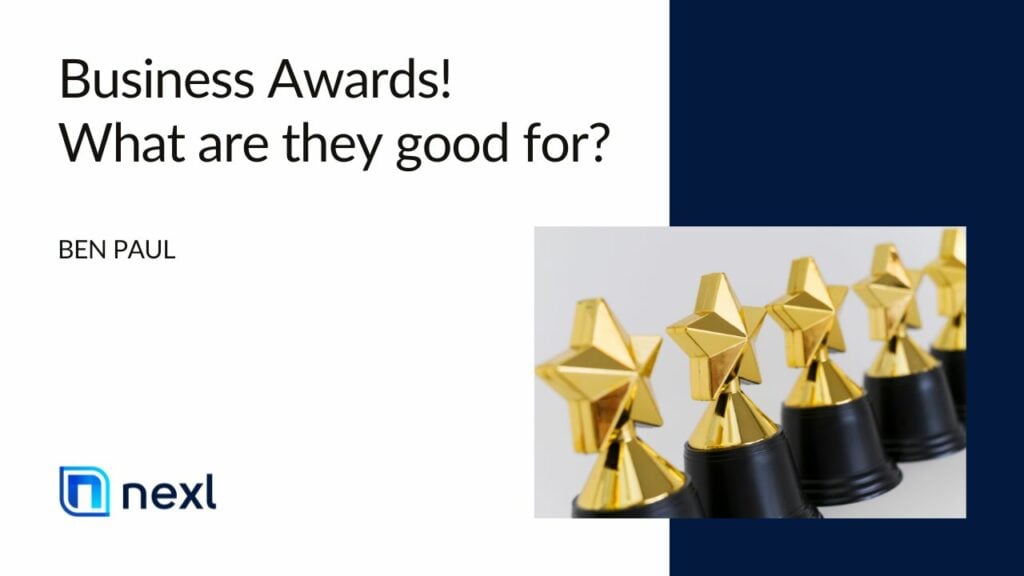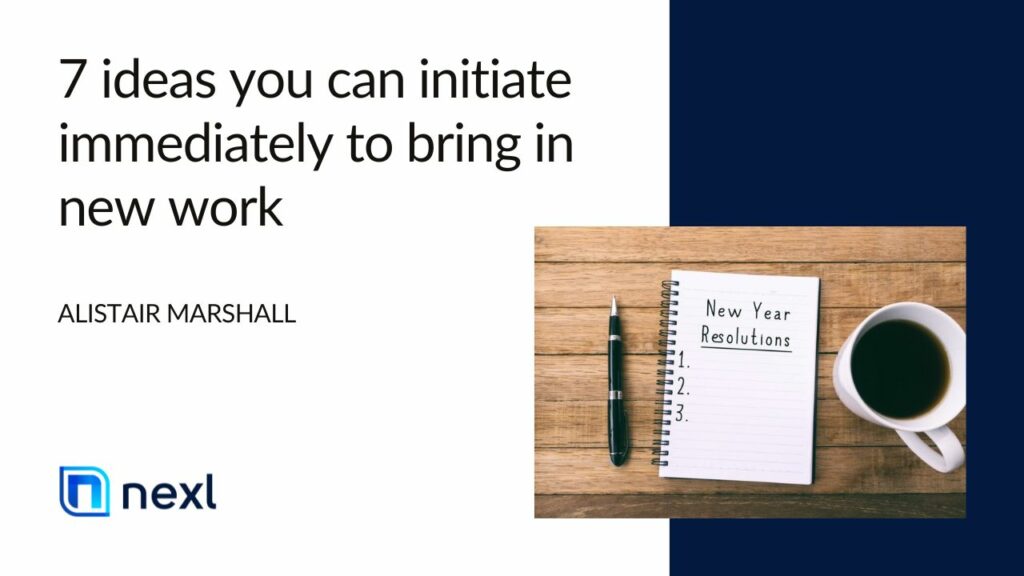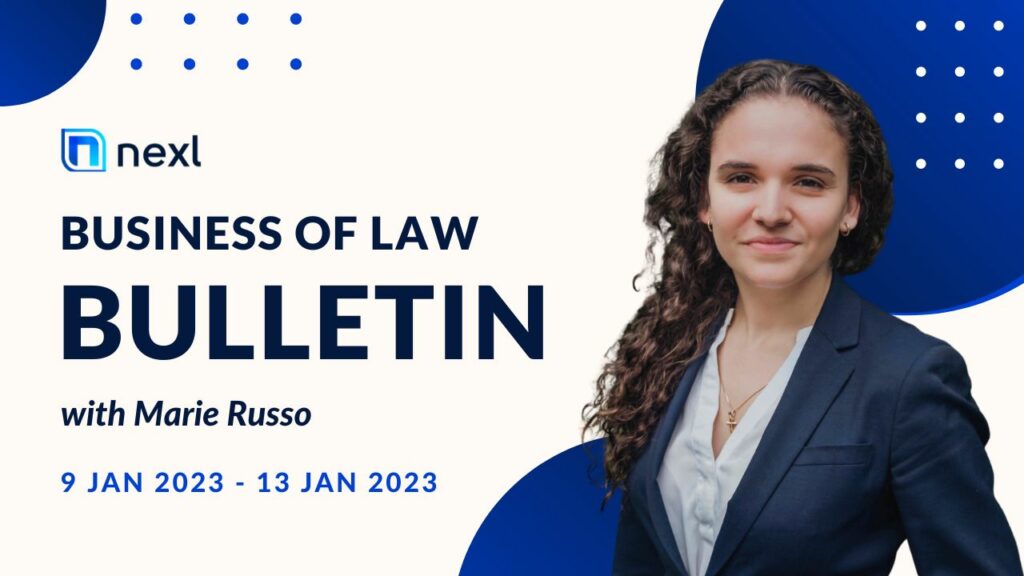ARTICLE BY DAVID FREEMAN
Quick Hit 2: To this day, large clients still report that few (if any) outside lawyers take the time to visit them at their place of business. But doing so can help the relationship on many levels.
Other Top-of-Mind Techniques
Given that your lawyers must engage in multiple touches over time, the following list offers several approaches to keep building that relationship.
Join clients for their strategic planning sessions: This is an underutilized tool that is highly effective for deepening relationships and meeting other decision‐makers inside the client’s organization. By offering to join their planning sessions (usually for no fee) during segments where your lawyers can add value, they become the experts in the room. They can uncover issues that may not have been discussed with other law firms yet, and they get to “audition” for other leaders who might need a lawyer in the future.
Make time for on‐site visits: To this day, large clients still report that few (if any) outside lawyers take the time to visit them at their place of business. But doing so can help the relationship on many levels. Betsy Spellman, Chief Marketing Officer at Steptoe & Johnson PLLC, has seen this in action. “Our lawyers regularly report … those beautiful moments when a client says something like ‘Hey, while you’re here, do you have a minute to talk about this other issue we have?’” Reasons for suggesting a visit can include conducting a presentation, visiting to see a new plant, product or process, and conducting office hours (such as spending one morning a month at a client’s location doing their work).
Business leads: Your firm has lots of good chips to offer to others in the way of introductions to people who might help them achieve their business goals. Lawyers who are great matchmakers can build a huge pool of goodwill that usually comes back to benefit them.
Attend conferences: Clients, prospects and referral sources congregate at their industry events, so your lawyers should also be there. One of the most highly regarded factors in hiring a lawyer is that they understand the client’s business and industry, so going to these conferences both increases their knowledge and demonstrates their commitment to that industry.
Pro bono: If your lawyers are investing time in pro bono activities, have them find places where their targets are volunteering as well. There’s a lot people can learn about each other while building a house together.
Quick Hit 3: If the lawyer has done a good job of conducting meetings, building rapport and trust, and identifying some needs, then the time might be right to move things to the next level.
Start a group: This is one of my favorite techniques, especially for helping your lawyers find a reason to meet people they want to get to know. For example, in a specific region — perhaps for an emerging company lawyer — there would be value in facilitating a gathering of up‐and‐ coming entrepreneurs, bankers and funding sources.
Get your firm bio on LinkedIn: This is where the prospect may be making the first move prior to making any contact, to get a feel for the lawyer and how well they might serve a need. This is an overlooked but often crucial first step in the engagement process, so make sure your lawyers are putting their best faces forward in these areas. (Be sure to read “Is Your LinkedIn Profile Violating Attorney Advertising Rules?”)
Getting the Next Date
Just as few people get married on the first date, the same holds true with business development. Lawyers need to get ongoing dates before they can pop the question.
So, after your lawyers get an initial meeting, how can they follow up? And once they’ve had a few meetings and the relationship has hit the next stage, how can they elegantly ask for the work? If the lawyer has done a good job of conducting meetings, building rapport and trust, and identifying some needs, then the time might be right to move things to the next level.
Beth Cuzzone, Director of Client Service and Business Development at Goulston & Storrs, says they take a sincere approach to relationship‐building, rather than selling.
“Lawyers are trained to solve problems so we guide them to approach all meetings — prospect and client meetings — as an opportunity to identify an issue, problem or need. After that, the offer of solutions comes naturally,” says Cuzzone. “We have a fairly good habit, collectively as a firm, never to leave a meeting without a follow‐up action item, even if that item isn’t about getting hired. It could be an invite to attend an event as our guest, or an introduction to a potential customer, or something as simple as ‘I have a partner who published an interesting article on that issue — I’ll send it to you.’
“It’s about keeping the relationship meaningful — the legal work or referral will come.”
I suggest using questions to test your prospect’s readiness to take any next steps. The following list provides several examples to consider. (You’ll note they also increase in forwardness — at different stages of a relationship, different questions can be appropriate.)
Quick Hit 4: Your job as a leader is to provide bridges between potential and implementation through teaching, reminding, managing, tracking and rewarding.






